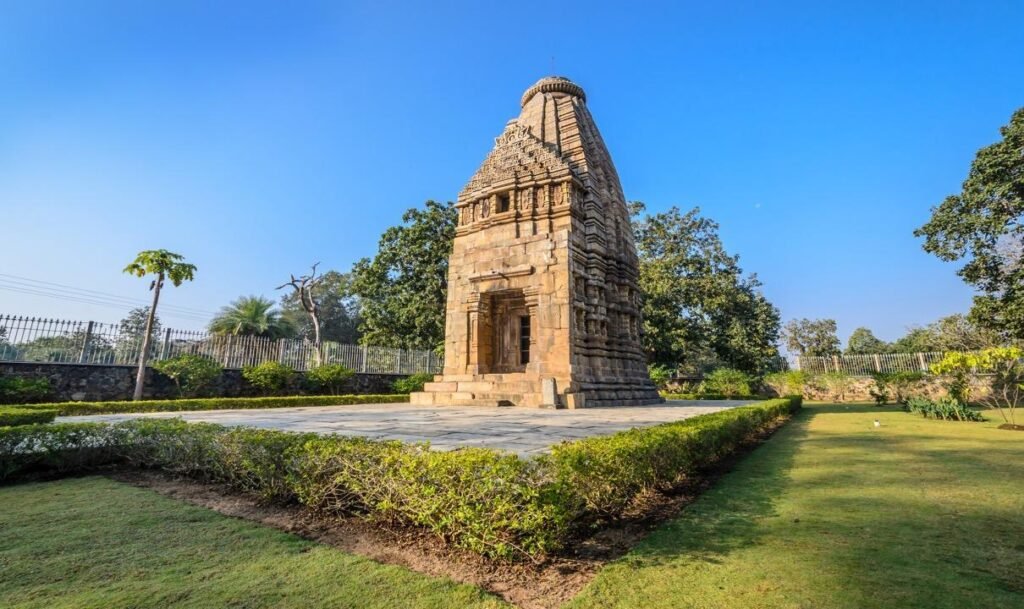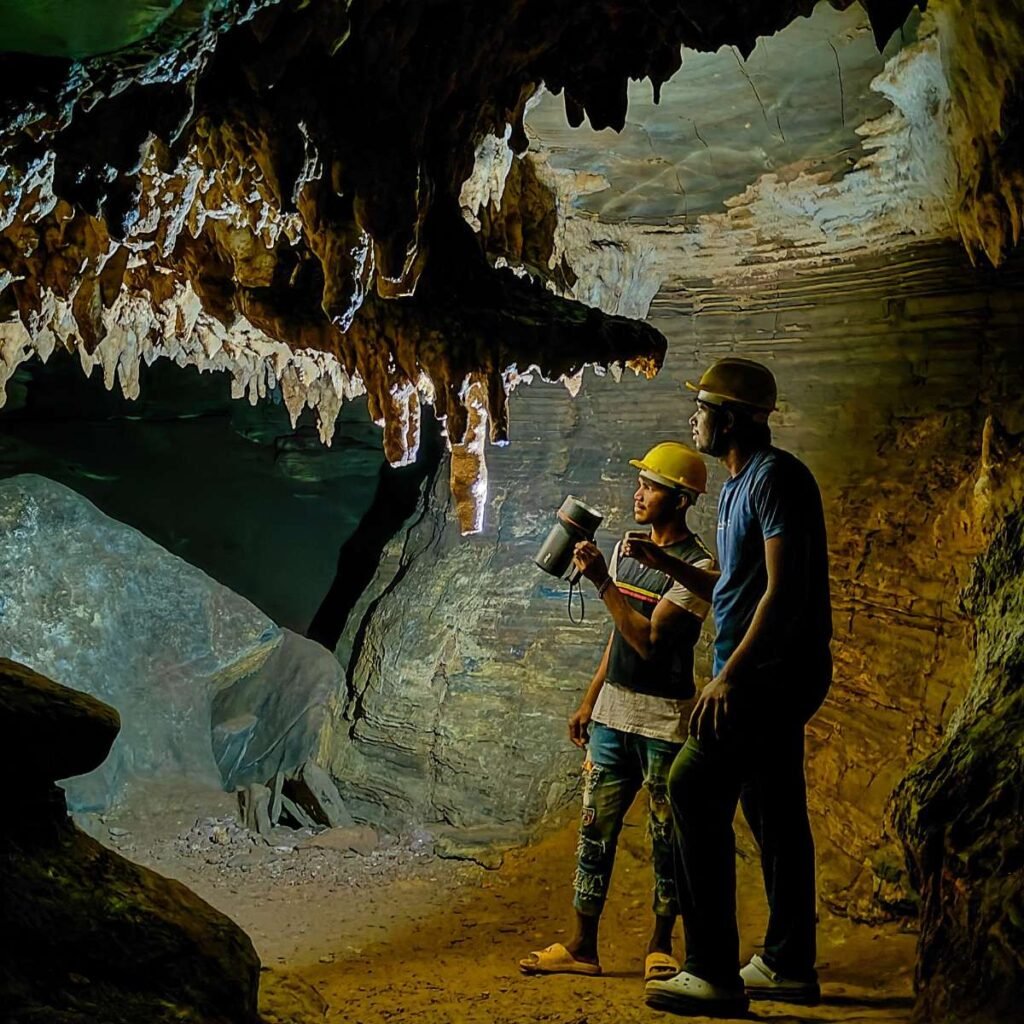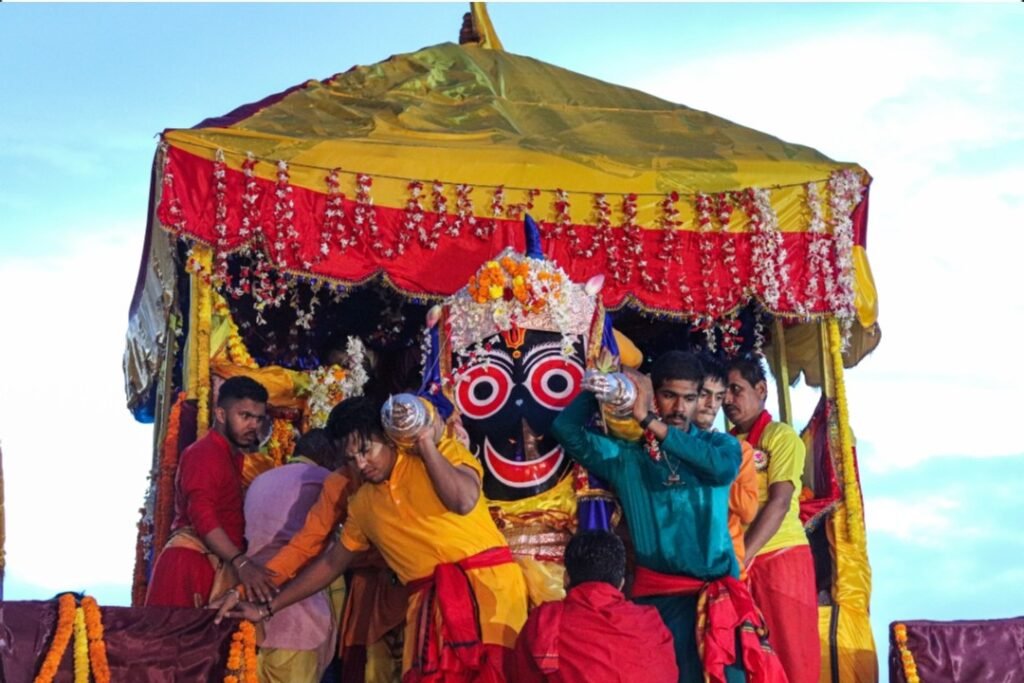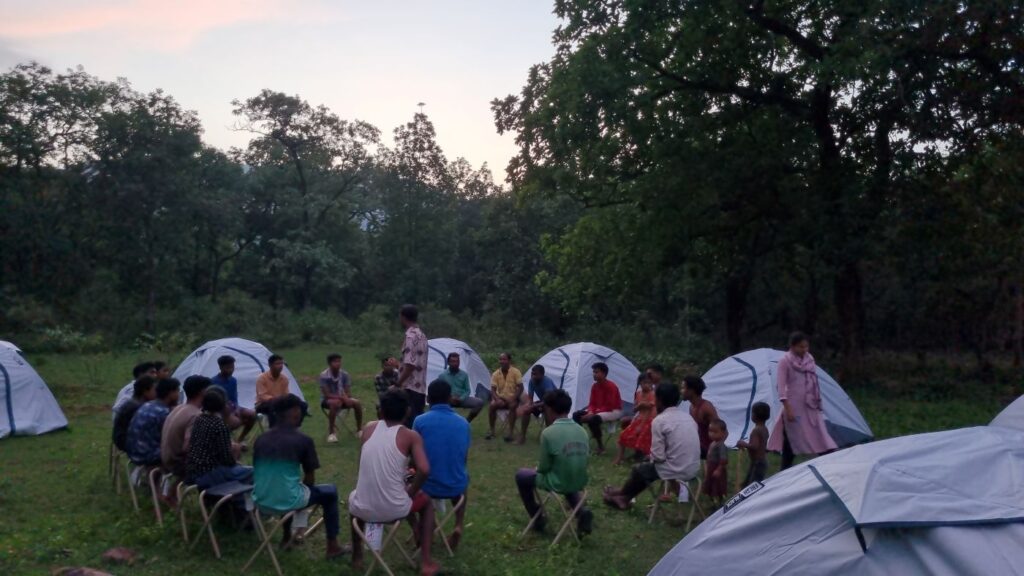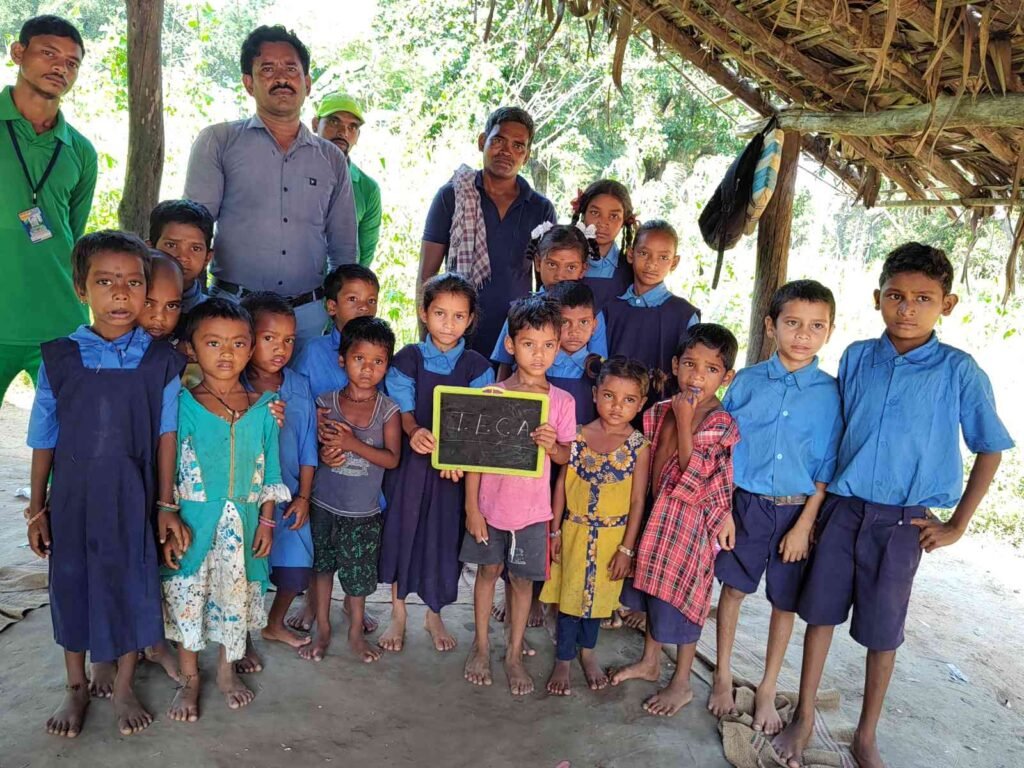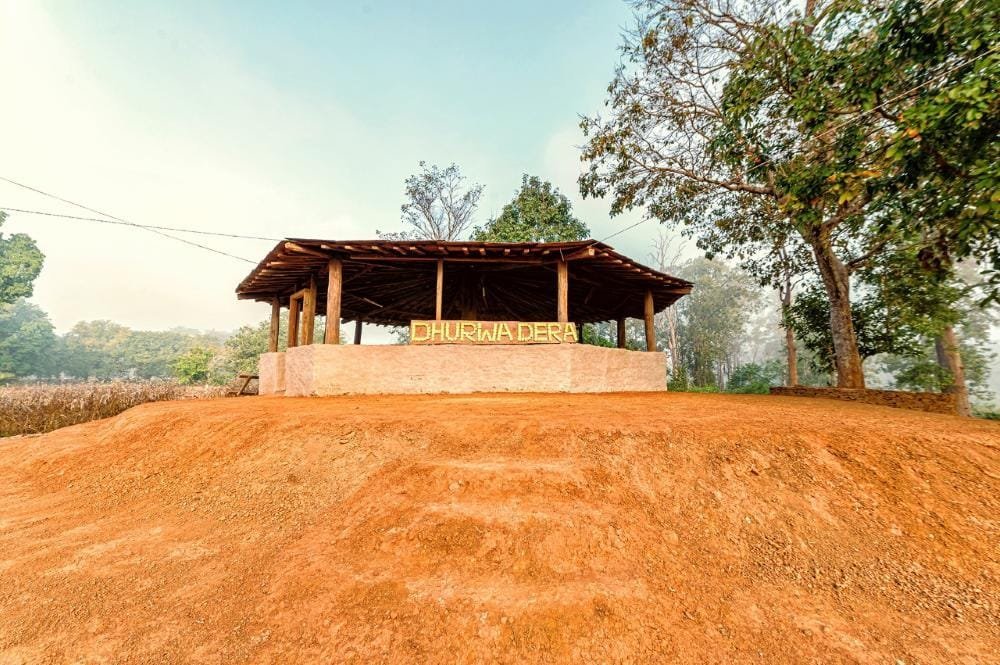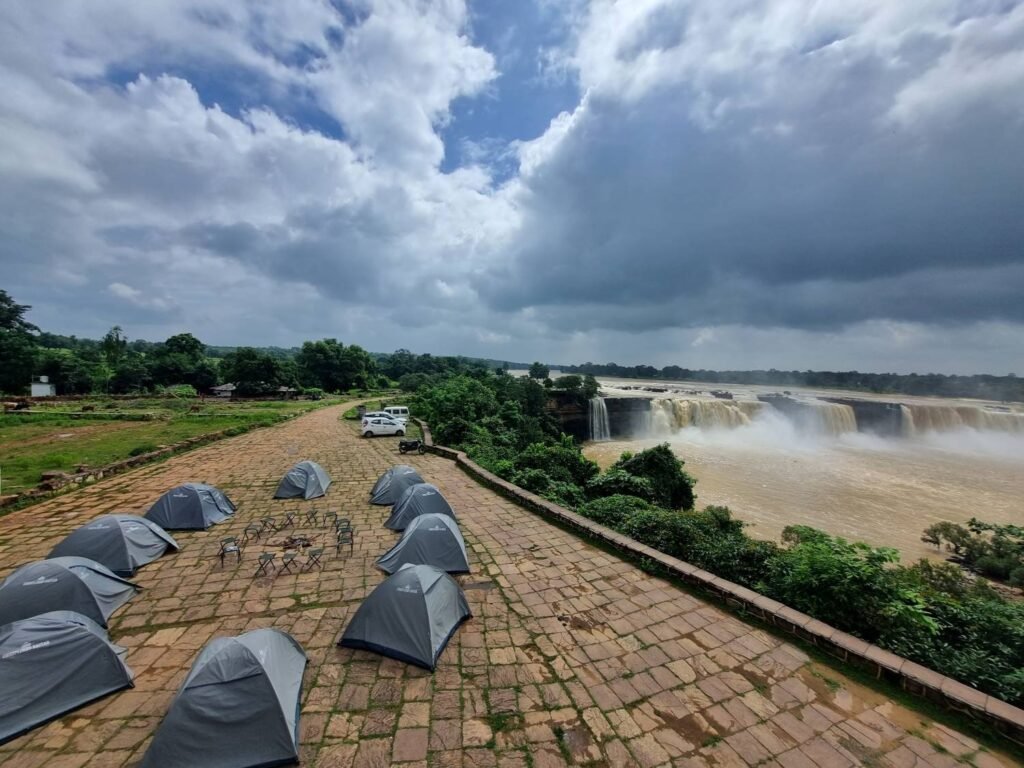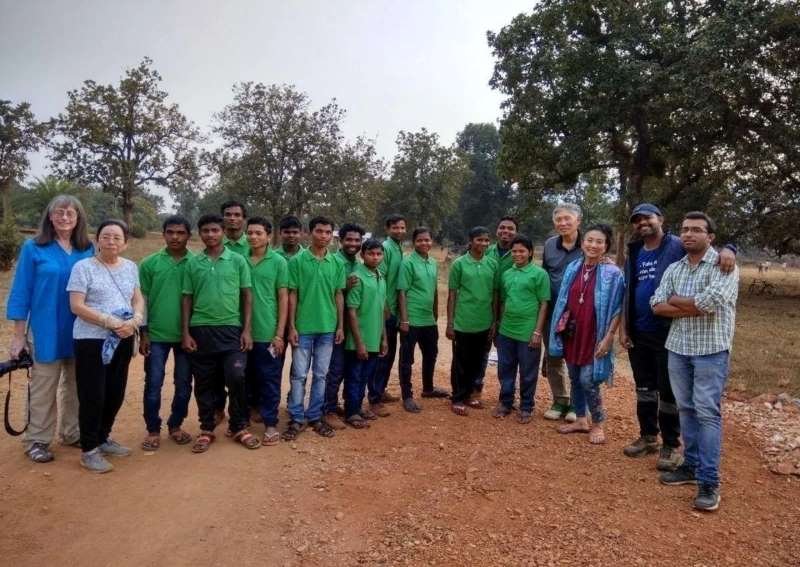Tirathgarh Waterfalls

Specified by the murmur sound, falling from the heights in a single drop, transforming of waterflow into a waterfall can beholded so picturesque that it doesnot depend on any particular weather. But the best view can be glanced after rainy season.
On the way to Konta from Jagdalpur, 29kms.away rightside, a path leads to Bastar attractions. The most beautiful waterfall of Bastar—Tirathgarh falls, constituted from Kanger river and its tributaries or from some small runnels like Mungabahar, attains its magnified form and flows in a perennial structure. Most of the rivers and runnels of Bastar are non-perennial but to sustain the flow of this falls, Kanger runnel (nala) always struggles. In rainy season, Titathgarh falls is water-flooded, flows in its full width alongwith its channels and gets reflected as a huge cluster of waterfalls whereas after October, it can be viewed in its pure white form.
Other falls descend from a rocky structure, fall into a fixed depth and form waterfalls, whereas Tirathgarh Waterfalls form two to three waterfalls. On the uppermost plains, it is 200m wide and 110ft height. The rock-cuts are so amazing that it gives a unique view to the falls. Again, falling from the height of 125ft, it forms a second waterfall. Almost after flowing 100ft, again the distributaries form numerous waterfalls flowing stepwise in 5 to 10m or 1 to 2ft. Due to these numerous waterfalls, Tirathgarh falls is referred to as a cluster of waterfalls. Here, two major waterfalls falling in two stages contribute to the total height of more than 300ft. On the uppermost side, leftwards, there is a group of four Shivalayas. This group has a Tulsi Chaura along with the idols of Nandi and other deities. The huge rocks have large beehives at places. Greenery produced by climbers all around is mesmerizing. Among these climbers, one can get a view of Ramdoot KapiSena (monkeys).
2kms. Westwards to Tirathgarh falls, there is a small village named Tirathgarh. A Shivalaya is also constructed on the topmost portion of the falls and it is well-known as a pilgrimage centre. Every year, at the time of Mahashivratri, a Mela lasts here for 3 days and it gives a feeling similar to Kumbh festival. Thus, “Tirathgarh” name proves to be relevant.
According to folklore, there were two brothers named Tirathraj and Chingraj. Fascinated by scenic beauty, they made this part of Bastar region, their capital. Chingraj established a village named Chingithrai and constructed a grandiose temple dated back to the 11th century. It is 7km.away from Tirathgarh. On the same way, Tirathraj made his garh on the lower region of Tirathgarh falls and established Tirathgarh village on the upper region, which is lively till date. Wreckages are still visible on the banks of rivers which are almost completely destroyed.
Keeping in view the minerals, Tokapal region is marked for Kimberlite rocks. This Kimberlite belt is spread upto Tirathgarh. Kimberlite rocks constitute diamond.
Situated in a mountainous and inhabited region, it is best to visit this place by own vehicle, while it is convenient to take food and water. Positioned at the girth of 35-40km around Jagdalpur, it is accessible in one hour. It is best to visit this place between October to February.


